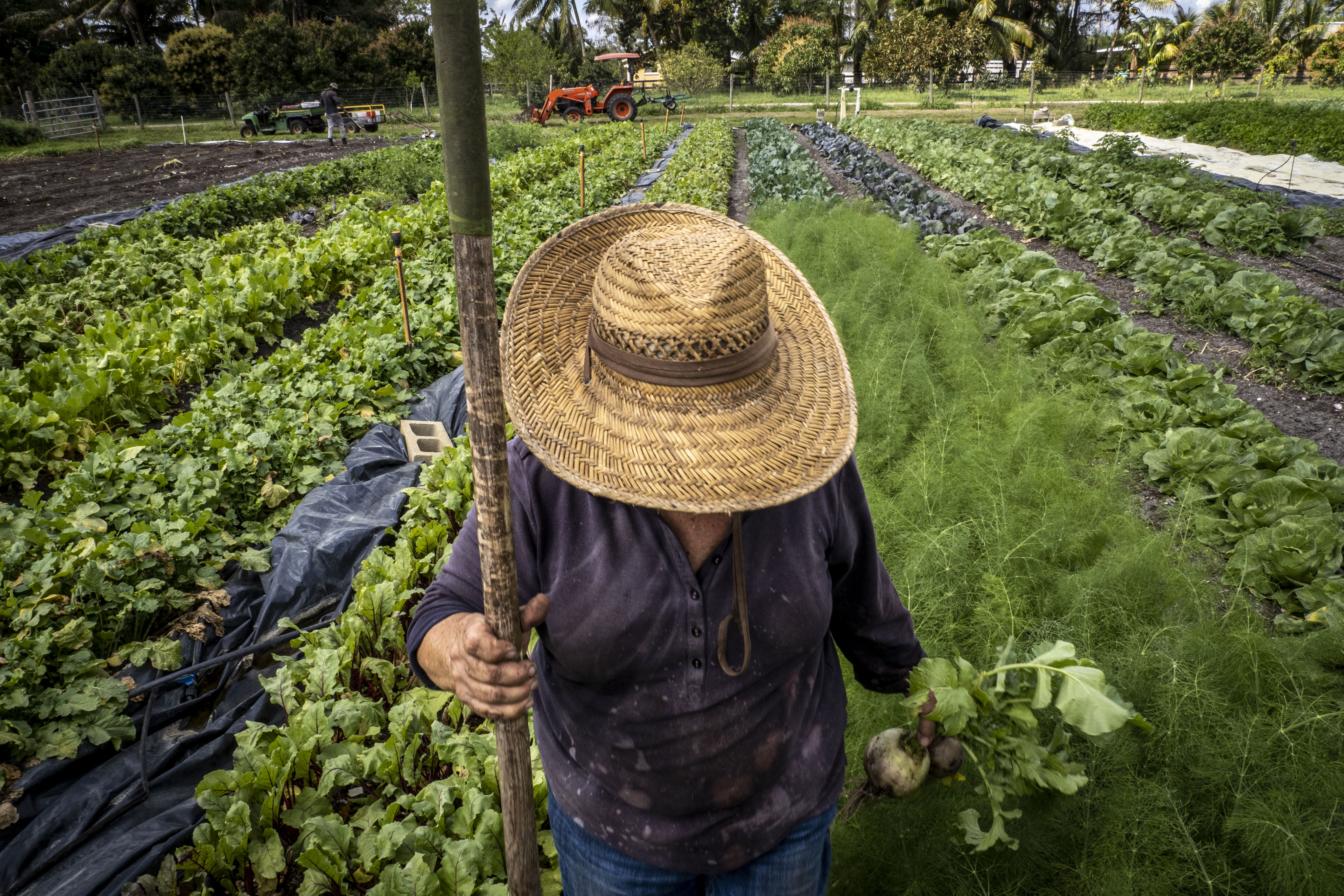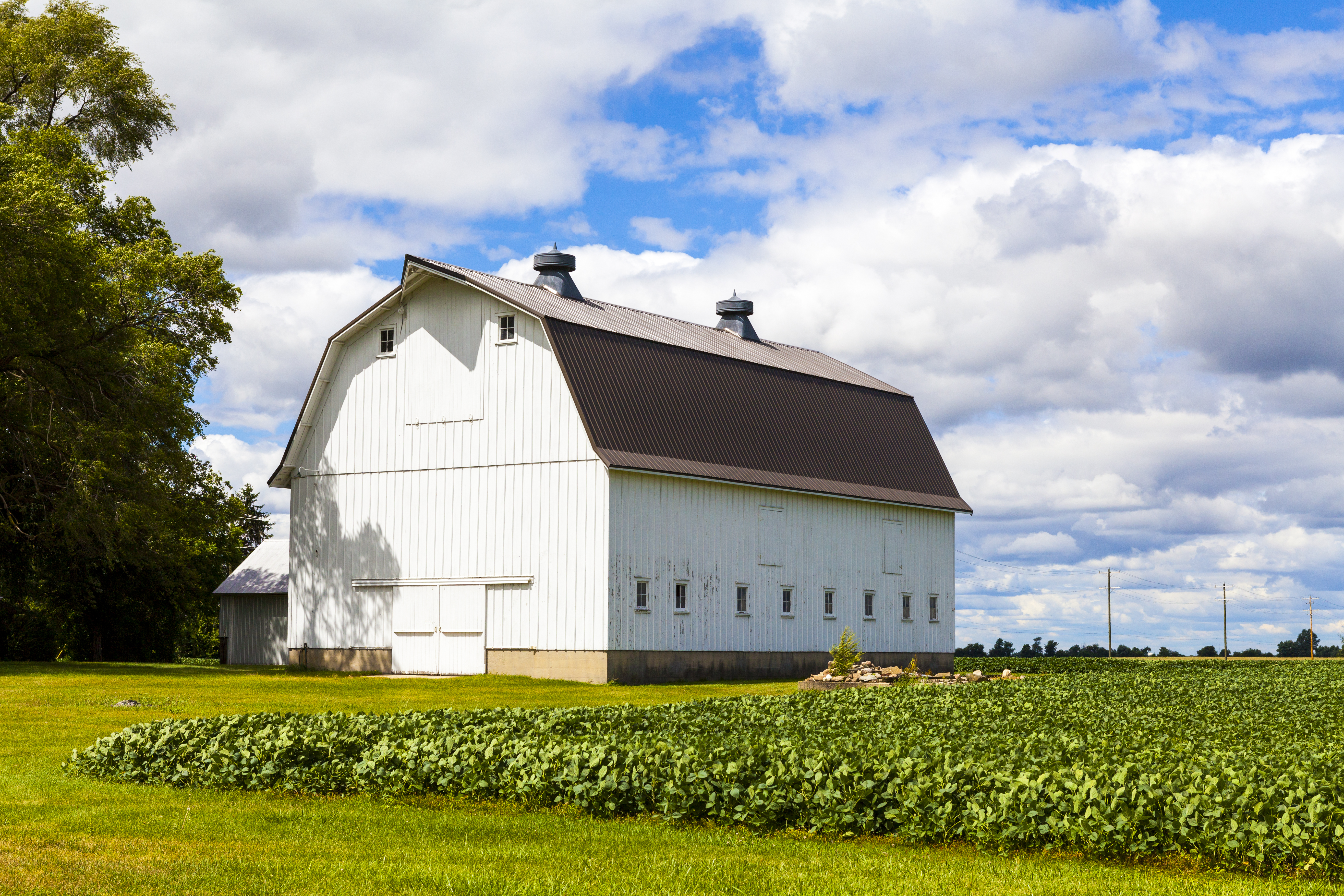Our research focus is on these three major types of LAPI policies in the United States:
Our research focus is on these three major types of LAPI policies in the United States:
These programs compensate landowners, who create land access for beginning farmers/ranchers. Depending on the state, landowners receive tax credits for leasing and/or selling their land to a beginning farmer. The qualifications for beginning farmers vary state to state. The credit is worth 5-15% of the lease or sale price depending on the type of agreement.

These state policies finance young and beginning farmers, through no interest loans, to purchase and preserve farmland in perpetuity by placing an agricultural conservation easement on it. In Pennsylvania, the program helps beginners to purchase farms that have already been preserved by waiving certain taxes associated with purchasing land. In Washington, funding is provided to land trusts to place permanent agricultural easements on land that will then be sold to Historically Underserved Producers.

Under the Conservation Reserve Program (CRP), landowners agree to more or less fallow their land for 10-15 years, for which they earn between $10 and $300 per acre per year. As the land is cycling out of CRP, the Transition Incentive Program (TIP) provides payments for an additional two years to participants who sell their land, or lease it for at least 5 years, to a beginning, veteran, or socially disadvantaged farmer or rancher.
Conservation Reserve Program - Transition Incentives Program (CRP-TIP)
The research process is introducing us to numerous other exciting LAPI and related approaches to supporting land transfers to Next Generation farmers and ranchers, and their success in agriculture - for example the Black Farmer Restoration Program Act of Illinois, county sales taxes to support termed easements in Colorado, and the Agricultural Workforce Development Programs of Arizona, Colorado and New Mexico.